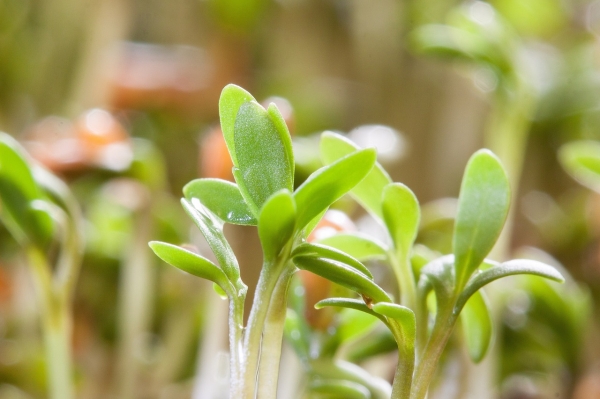A unique collaboration at Salk uses deep learning software called SLEAP to analyze plant features, accelerating design of climate-saving plants.
A unique collaboration at Salk uses deep learning software called SLEAP to analyze plant features, accelerating design of climate-saving plants.
The Intergovernmental Panel on Climate Change (IPCC) declared that removing carbon from the atmosphere is now essential to fighting climate change and limiting global temperature rise. To support these efforts, Salk scientists are harnessing plants’ natural ability to draw carbon dioxide out of the air by optimizing their root systems to store more carbon for a longer period of time.
To design these climate-saving plants, scientists in Salk’s Harnessing Plants Initiative are using a sophisticated new research tool called SLEAP—an easy-to-use artificial intelligence (AI) software that tracks multiple features of root growth. Created by Salk Fellow Talmo Pereira, SLEAP was initially designed to track animal movement in the lab. Now, Pereira has teamed up with plant scientist and Salk colleague Professor Wolfgang Busch to apply SLEAP to plants.
In a study published in Plant Phenomics on April 12, 2024, Busch and Pereira debut a new protocol for using SLEAP to analyze plant root phenotypes—how deep and wide they grow, how massive their root systems become, and other physical qualities that, prior to SLEAP, were tedious to measure. The application of SLEAP to plants has already enabled researchers to establish the most extensive catalog of plant root system phenotypes to date.
Read more at Salk Institute
Photo Credit: stux via Pixabay




